Buy the photo Great Lakes Bush Viper (Atheris nitschei) by Ronald Pol on canvas, ArtFrame, poster and wallpaper, printed on demand in high quality.
About "Great Lakes Bush Viper (Atheris nitschei)"
by Ronald Pol
About the artwork
The Great Lakes Bush Viper is a small, venomous snake belonging to the Viperidae family. It has distinctive keeled scales and vivid coloration, ranging from bright green to yellow-green, often adorned with dark patterns. This slender-bodied snake is perfectly adapted to an arboreal (tree-dwelling) lifestyle.
The Great Lakes Bush Viper is native to the montane and rainforest regions of Central and East Africa, including Uganda, Rwanda, Burundi, and the Democratic Republic of Congo. It typically inhabits altitudes between 1,000 and 2,000 meters. While predominantly arboreal, it is sometimes found on the ground in dense undergrowth or shrubbery.
This viper is carnivorous, preying primarily on small vertebrates such as frogs, lizards, birds, and rodents. It is a nocturnal predator, relying on its potent venom to immobilize its prey before consuming it whole.
Generally reclusive, the Great Lakes Bush Viper avoids human contact, but can exhibit defensive aggression if threatened. This species plays a critical ecological role by controlling populations of small animals within its habitat. However, it faces threats from habitat destruction, which has led to a decline in some areas of its range. Despite its beauty and ecological importance, this snake remains relatively poorly studied, highlighting the need for conservation efforts to ensure its survival.

About Ronald Pol
Ronald Pol (1977) is a nature photographer from Deventer, the Netherlands. It was during a trip to Africa that his passion for nature photography started. The main focus is on the photography of animals (portraits and behaviour), but a variety of other subjects are photographed as well... Read more…
 Germany
Germany Ordered in March 2019
Ordered in March 2019
 Netherlands
Netherlands Ordered in March 2017
Ordered in March 2017
 Netherlands
Netherlands Ordered in January 2024
Ordered in January 2024
 Netherlands
Netherlands Ordered in August 2024
Ordered in August 2024
 Germany
Germany Ordered in December 2021
Ordered in December 2021
 Netherlands
Netherlands Ordered in December 2024
Ordered in December 2024
 Germany
Germany Ordered in June 2023
Ordered in June 2023
 Germany
Germany Ordered in September 2020
Ordered in September 2020
 Netherlands
Netherlands Ordered in May 2021
Ordered in May 2021
 Germany
Germany Ordered in June 2020
Ordered in June 2020
 Germany
Germany Ordered in April 2020
Ordered in April 2020
 Germany
Germany Ordered in February 2025
Ordered in February 2025
About the material
ArtFrame™
Interchangeable Art Prints
- High-quality print
- Easily interchangeable
- Acoustic function
- Large sizes available
Discover the artworks of Ronald Pol
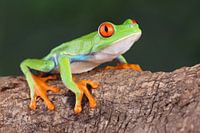 Red-Eyed Tree Frog (Agalychnis callidryas)Ronald Pol
Red-Eyed Tree Frog (Agalychnis callidryas)Ronald Pol Pink Water LilyRonald Pol
Pink Water LilyRonald Pol Pink Water LilyRonald Pol
Pink Water LilyRonald Pol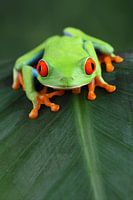 Red-Eyed Tree Frog (Agalychnis callidryas)Ronald Pol
Red-Eyed Tree Frog (Agalychnis callidryas)Ronald Pol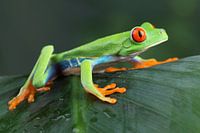 Red-Eyed Tree Frog (Agalychnis callidryas)Ronald Pol
Red-Eyed Tree Frog (Agalychnis callidryas)Ronald Pol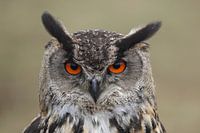 Eurasian Eagle Owl (Bubo bubo)Ronald Pol
Eurasian Eagle Owl (Bubo bubo)Ronald Pol Water in blueRonald Pol
Water in blueRonald Pol Western Barn Owl (Tyto alba)Ronald Pol
Western Barn Owl (Tyto alba)Ronald Pol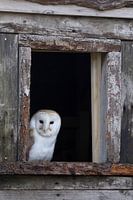 Western Barn Owl (Tyto alba)Ronald Pol
Western Barn Owl (Tyto alba)Ronald Pol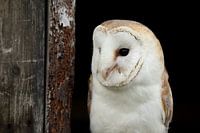 Western Barn Owl (Tyto alba)Ronald Pol
Western Barn Owl (Tyto alba)Ronald Pol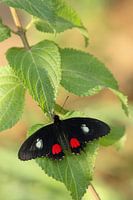 Iphidamas Cattleheart (Parides iphidamas)Ronald Pol
Iphidamas Cattleheart (Parides iphidamas)Ronald Pol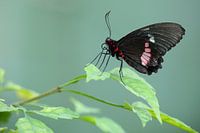 Iphidamas Cattleheart (Parides iphidamas)Ronald Pol
Iphidamas Cattleheart (Parides iphidamas)Ronald Pol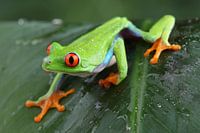 Red-Eyed Tree Frog (Agalychnis callidryas)Ronald Pol
Red-Eyed Tree Frog (Agalychnis callidryas)Ronald Pol Red-Eyed Tree Frog (Agalychnis callidryas)Ronald Pol
Red-Eyed Tree Frog (Agalychnis callidryas)Ronald Pol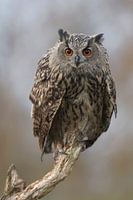 Eurasian Eagle Owl (Bubo bubo)Ronald Pol
Eurasian Eagle Owl (Bubo bubo)Ronald Pol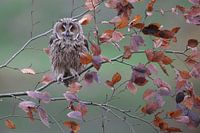 Long-eared Owl (Asio otus)Ronald Pol
Long-eared Owl (Asio otus)Ronald Pol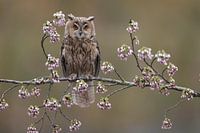 Long-eared Owl (Asio otus)Ronald Pol
Long-eared Owl (Asio otus)Ronald Pol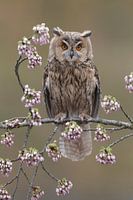 Long-eared Owl (Asio otus)Ronald Pol
Long-eared Owl (Asio otus)Ronald Pol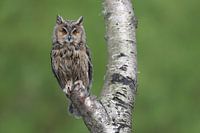 Long-eared Owl (Asio otus)Ronald Pol
Long-eared Owl (Asio otus)Ronald Pol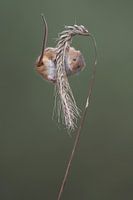 Eurasian Harvest Mouse (Micromys minutus)Ronald Pol
Eurasian Harvest Mouse (Micromys minutus)Ronald Pol
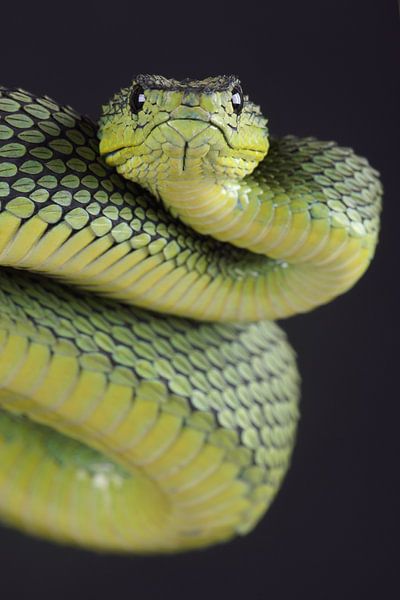
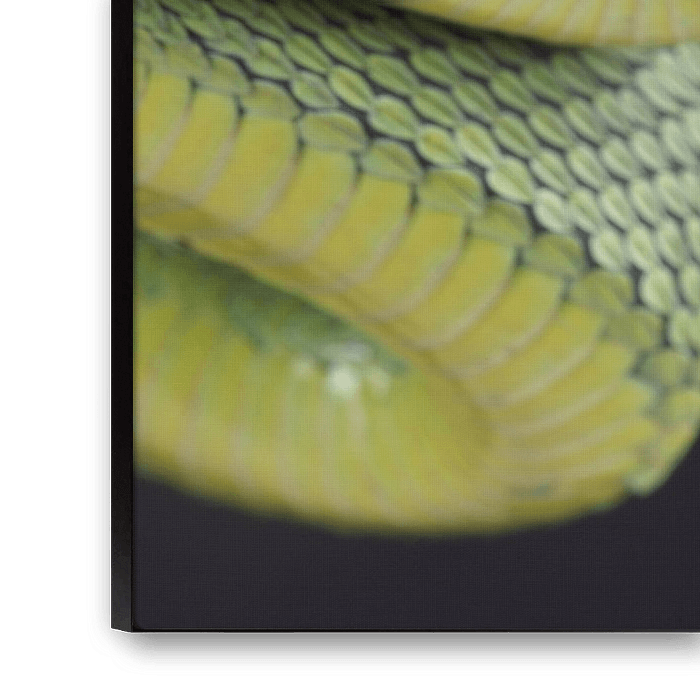




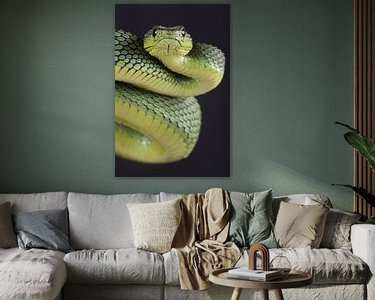






 Africa
Africa Animals
Animals Photo wallpaper
Photo wallpaper Photography
Photography Powerful Expression
Powerful Expression Rainforest
Rainforest Reptiles
Reptiles Snakes
Snakes









